Why Net Lease Stays Relevant Amid Dislocation
Coler Yoakam of JLL Capital Markets on the stickiness of these deals notwithstanding recent shifts in the risk-return profile.
Over the past year, the net lease industry risked losing its designation as a defensive investment that also serves as an inflation hedge. With inflation soaring to levels not seen in decades, investors shifted their focus towards shorter-term leases in growth markets where higher rents could be realized in the near-term, and away from long-term leases with contractual rent escalations below the inflation rate. The risk profile of real estate investment was upended as historically risky assets dependent on masterfully managing rent appreciation became the safer bets, while historically safe investments fell out of favor due to their inability to safeguard against inflation. Some of this divergence has subsided in recent months, but net lease investors continue grappling with how to invest defensively while still protecting against inflation.
The net lease industry was the proverbial canary in the coal mine in January of this year when cap rates started to show signs of upward pressure in almost perfect correlation with the first movements in interest rates. The corresponding valuation reset in the net lease space happened quickly and dramatically by historic standards. The subsequent turmoil over the next 10 months was largely the market searching for price equilibrium, and not illiquidity as many assumed or asserted. Investor sentiment towards the future of interest rates, alternative investments in fixed income and other real estate asset classes and a renewed focus on credit risk all contributed to the volatility and shifting valuations. The result has been a 15 percent to 40 percent value reduction, depending on the asset profile, amid a significantly reduced buyer pool.
So where does that leave the net lease industry, and what really is the nature of and relevance of net lease against the broader investment landscape?
It is a question I have been getting constantly in recent months, and for good reason. The answer requires an understanding of historical investing norms, as well as a perspective on future investing behavior. Starting with historical investing norms, valuing net lease investments has generally been regimented to a simple construct of credit, real estate fundamentals, lease term and lease structure, each contributing in part or equally to a risk-adjusted return profile or cap rate. The right mix of these attributes can achieve any number of investment objectives ranging from safety to yield to short-term gains or to long-term income, among others. The elegant nature in which these variables interact make the net lease industry vast in its opportunities and outcomes.
Basic Benefits Still Intact
The nature of net lease has not changed. It still offers an array of risk profiles for astute investors skilled in its limited but complicated set of variables. There are as many opportunities to offset the binary risk of credit with strong real estate fundamentals as there are ways to limit real estate risk with a strong credit profile. In any scenario, the lease dictates the timing and level of involvement required to realize his or her outcome.
The relevance of net lease has not changed either. Net lease assets have always served as a surrogate for fixed income and a diversification option for individuals and institutions alike. Investors may change their perspectives on credit in terms of which industries to pursue and avoid, as well as how to discern tenant risk within those favored industries, but the need for net lease in aggregate remains. The appeal has always been the passive nature of net lease investments, which offer higher yield profiles than can be achieved for like-kind credits in the bond market and provide tax benefits and downside protection through the real estate. That said, net lease’s consistent relevance does not mean it is immune to disruption.
The most notable disruption in recent months can be boiled down to the availability of capital and pricing instability, which are simply the observable consequences of investor angst over economic and interest rate considerations. There have been many billions of dollars raised for net lease strategies, much of it waiting for some remanence of stability to confidently return to the market. There are plenty of investors navigating the current landscape and investing methodically despite the turmoil. This is not a contrarian bet. Astute investors can lock in their levered yields today, with sufficient rent escalations to protect against inflation, and fix their long-term return profile. The debt markets continue to function. There are also many investors waiting on the sidelines for their re-entry point. The re-engagement from this group is accelerating as the foundation of the net lease industry begins to stabilize.
A thoughtful review of the investment landscape is warranted after the recent excesses and volatility of the post-COVID economy. The unwinding of the 2021 enigma has been as challenging as it has been painful. Net lease had always been a bellwether industry that capital would flock to in times of distress. Despite a brief departure from this designation, the nature of net lease remains relevant as a defensive investment and inflation hedge.
Coler Yoakam is a senior managing director with JLL Capital Markets and co-leader of the firm’s national Corporate Capital Markets & Single-Tenant Net Lease group.


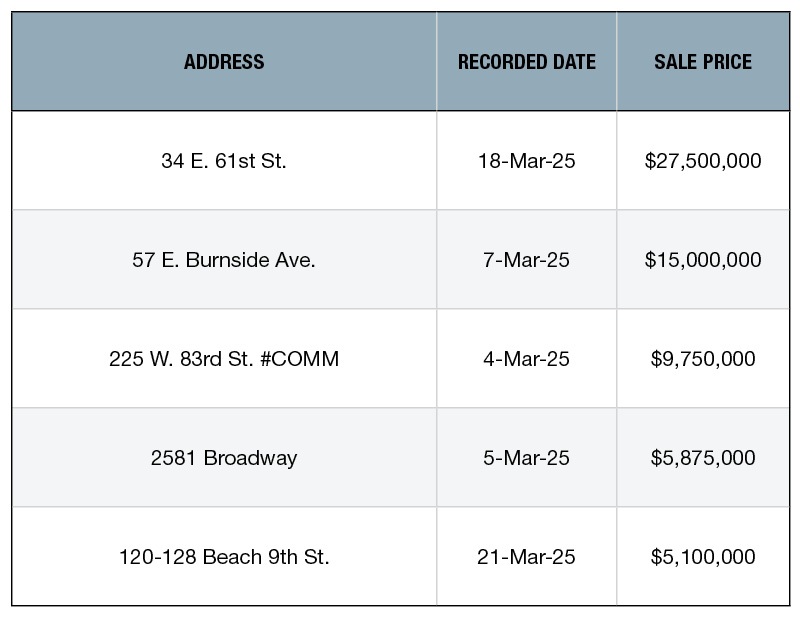

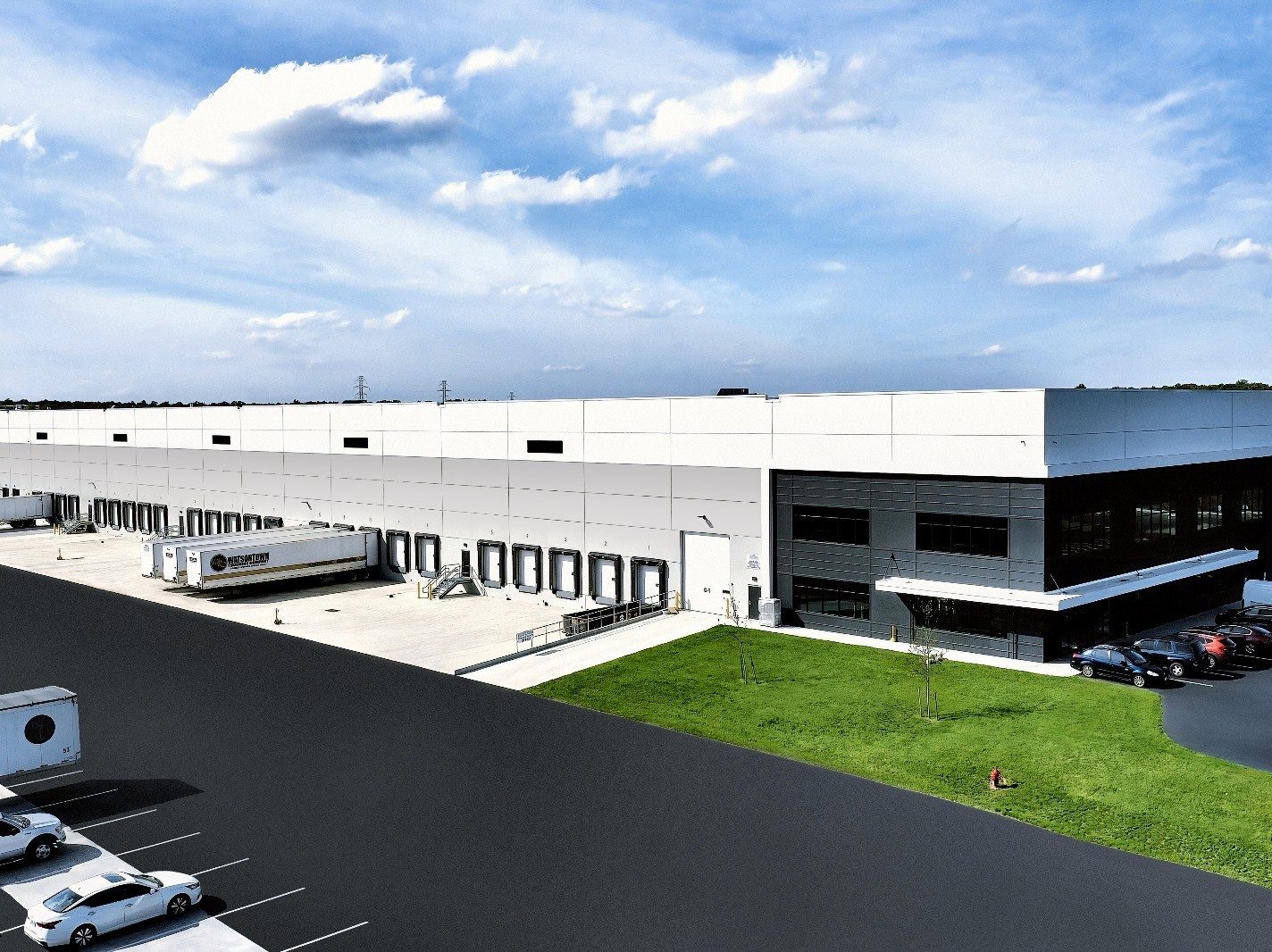
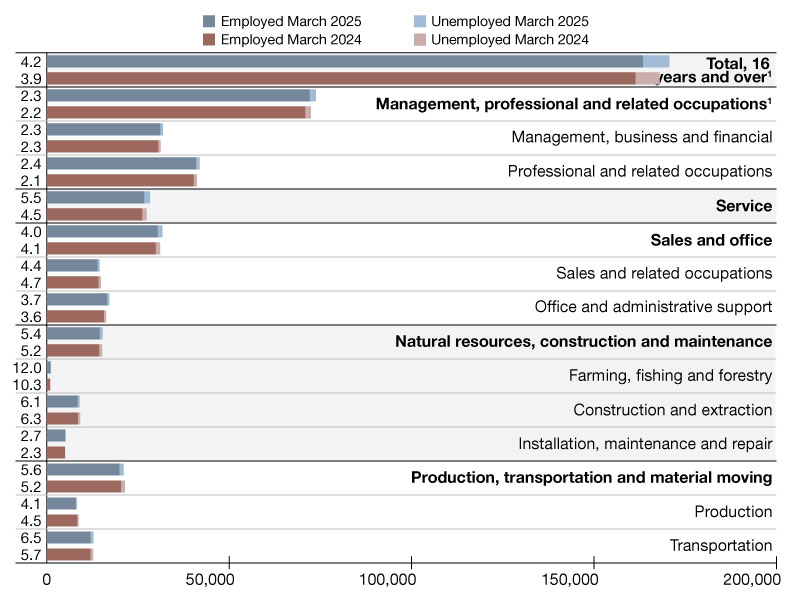
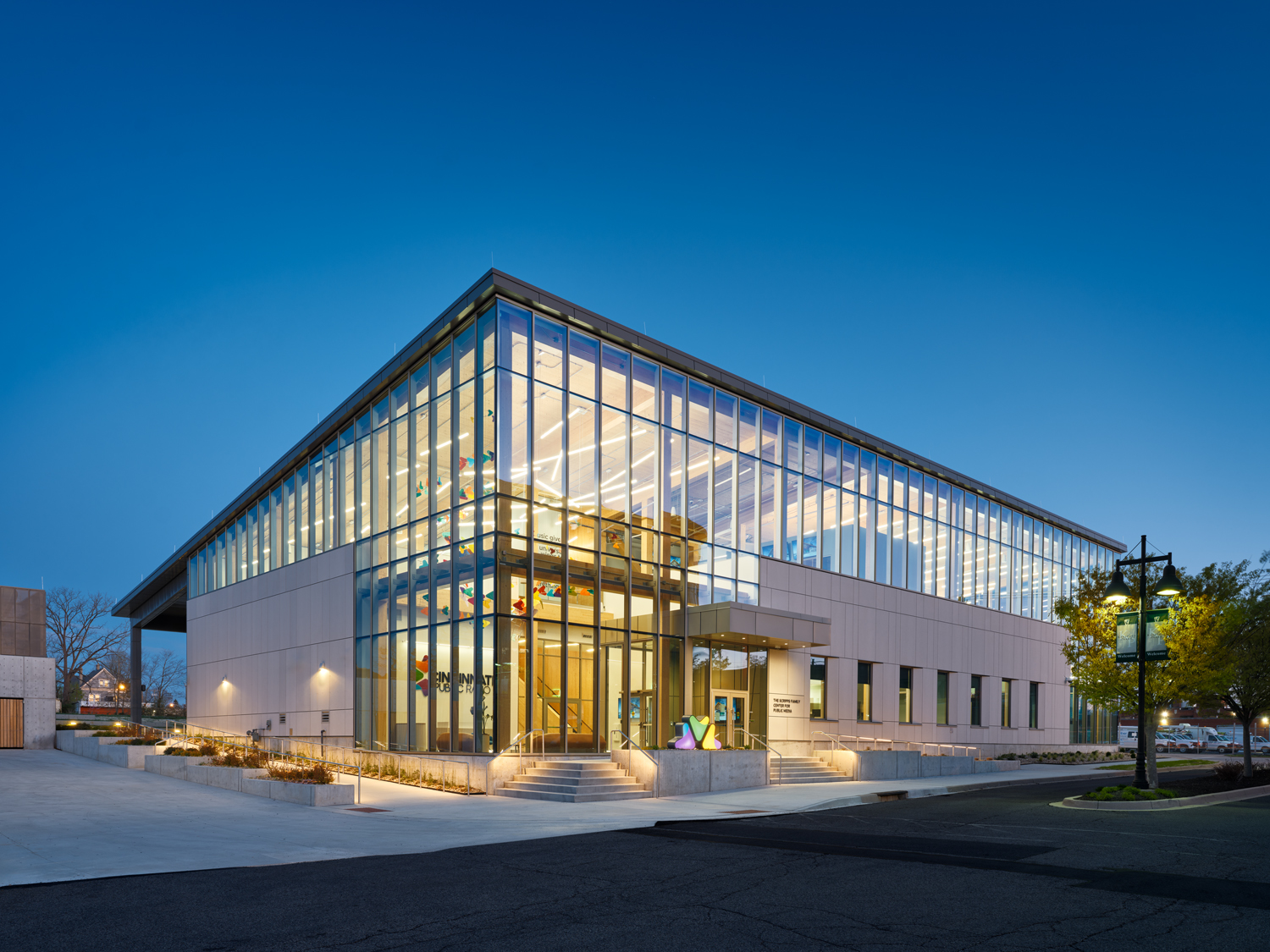
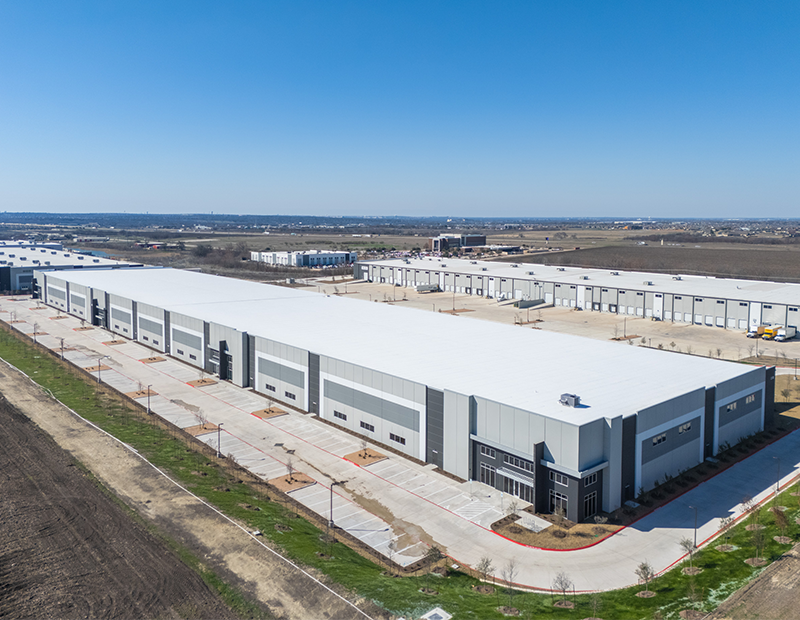
You must be logged in to post a comment.